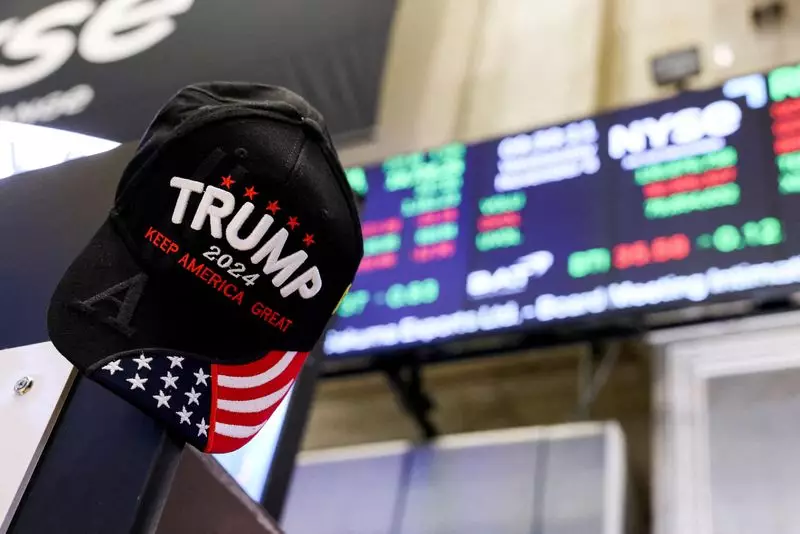The financial markets demonstrated a positive trajectory at the beginning of the week, as major indices on Wall Street closed in the green on Monday. Investors cheered the appointment of Scott Bessent as the U.S. Treasury Secretary, a move that rattled bond markets and caused yields to decline. The small-cap Russell 2000 index achieved an unprecedented milestone by recording an all-time high, signaling renewed investor confidence in smaller, domestic companies. Bessent’s nomination has fueled speculation around potential fiscal discipline amidst responsive trade policies, which in turn has bolstered market optimism.
As various financial instruments reacted, oil prices saw a decline spurred by ongoing discussions regarding potential ceasefire agreements between Israel and Lebanon. This geopolitical development weighed particularly on the Energy sector, which saw a drop of 2%, ultimately contributing to the mixed dynamics of the market on that day. The interplay of domestic appointments and international happenings created an intriguing backdrop for investors evaluating the future landscape of American financial policies.
The market rally was driven by widespread gains in the broader indices, with the S&P 500 climbing by 17.81 points, closing at 5,987.15, whereas the Nasdaq Composite gained 51.50 points to reach 19,055.15. The Dow Jones Industrial Average also saw significant gains, appreciating by 439.02 points to close at 44,735.53. This momentum exhibited the vigor of advancing entities, with a remarkable 3.01-to-1 ratio of advancing issues over declining ones on the NYSE. Notably, the surge in the small-cap index, which eclipsed its previous high from three years prior, is indicative not only of Trump’s anticipated business-friendly climate but also reflects shifting sentiments towards Federal Reserve policies executed throughout the preceding months.
Positive sentiments have emerged from expectations surrounding small-cap companies, thriving under perceived business-friendly frameworks from both the executive and legislative branches of the government. Strategists like Adam Sarhan from 50 Park Investments draw attention to the losses faced by larger corporations, as smaller firms begin to capitalize on a favorable economic environment.
Investment Strategies and Sector Specifics
The significant decline in Treasury yields acted as a catalyst for the Real Estate sector’s resurgence, fostering a 4.5% rise in housing-related investments. This is emblematic of a broader observation that certain sectors are catching up after lagging behind in performance earlier in the year. Projections provided by major financial institutions such as Barclays and Deutsche Bank indicate optimistic forecasts for the S&P 500, with expectations for levels reaching 7,000 points by the end of 2025. However, the specter of inflation continues to loom, leading investors to grapple with possible interest rate decisions from the Federal Reserve.
The delicate balance between fostering growth and managing inflation poses significant questions for investment strategies moving forward. The Fed’s forthcoming meetings are key focal points for gauging the economic pulse of the nation. Recent analytics show a 56.2% probability of another interest rate cut, sparking further conversations about prudent investment timelines and risk assessment strategies.
Across various sectors, consumer discretionary stocks notably led gains, with tech giant Amazon driving performance with a 2.2% increase in shares. In contrast, Macy’s faced challenges as it delayed releasing its third-quarter results due to an accounting oversight, reflecting the kind of in-house turbulence that can unsettle investor confidence. However, retailers like Bath & Body Works displayed resilience, raising profit forecasts and resulting in a striking 16.5% uptick in shares.
Overall, the swirling currents of policy shifts, sectoral performances, and investor sentiment intertwine to create a rich tapestry of opportunity and risk within the market. With analysts and investors poised to scrutinize upcoming economic reports, including consumer spending insights ahead of the holiday season, the prevailing narrative will likely evolve alongside these indicators. This complexity reveals the intricate dance between macroeconomic signals and market responses, shaping a dynamic financial landscape characterized by both enthusiasm and caution.

